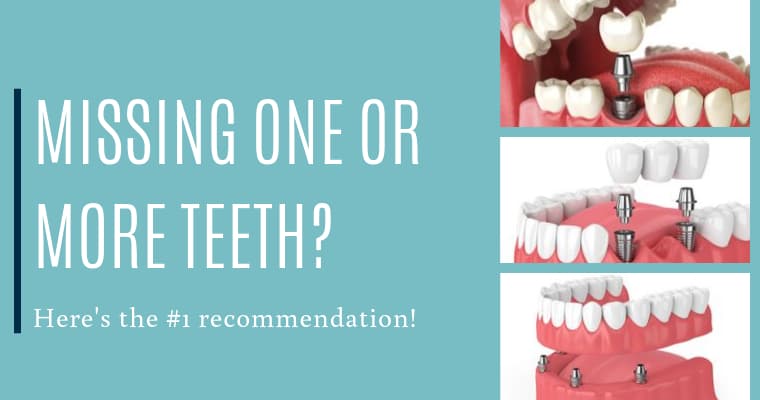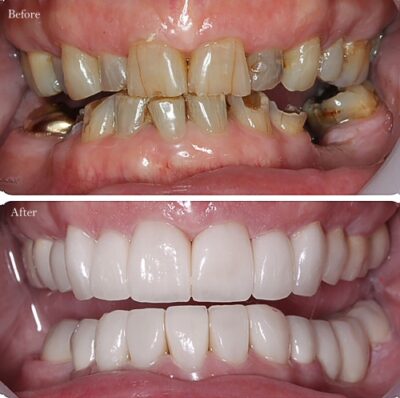The Best Guide To Dental Sense
The Best Guide To Dental Sense
Blog Article
The Best Guide To Dental Sense
Table of ContentsGetting My Dental Sense To WorkWhat Does Dental Sense Mean?About Dental SenseFacts About Dental Sense Uncovered
are medical tools surgically dental implanted into the jaw to recover an individual's capability to eat or their appearance. They give assistance for fabricated (phony) teeth, such as crowns, bridges, or dentures. When a tooth is shed due to injury or disease, an individual can experience problems such as rapid bone loss, defective speech, or changes to chewing patterns that result in pain.Oral dental implant systems include a dental implant body and oral implant joint and might additionally include an abutment addiction screw. Dental implant vs bridge. The dental implant body is operatively put in the jawbone in location of the tooth's origin. The dental implant joint is generally attached to the implant body by the abutment addiction screw and expands with gums right into the mouth to sustain the affixed fabricated teeth
(https://www.slideshare.net/matthewmusic33101)Structure of The Dental Implant System selecting dental implants, speak to your dental service provider regarding the possible benefits and dangers, and whether you are a candidate for the treatment. Points to consider: Your total health is a crucial consider establishing whether you are a good candidate for dental implants, exactly how long it will take to recover, and the length of time the dental implant may stay in place.
Smoking cigarettes might influence the recovery process and lower the lasting success of the implant. The healing procedure for the dental implant body might take numerous months or longer, throughout which time you usually have a momentary joint instead of the tooth. the oral implant treatment: Carefully follow the dental hygiene instructions offered to you by your oral service provider.
The Ultimate Guide To Dental Sense
Implant failure can lead to the need for another operation to fix or replace the dental implant system. Brings back the ability to chew Restores cosmetic appearance Assists maintain the jawbone from reducing because of bone loss Maintains the health of the surrounding bone and gums Assists keep nearby (close-by) teeth secure Improves high quality of life Damage to bordering natural teeth throughout implant placement Injury to the surrounding tissues throughout surgical treatment, such as sinus opening Injury throughout surgical procedure (for instance, crack of bordering jawbone) Inadequate feature, such as seeming like the teeth do not bite together generally A sensation that the tooth hangs or turning in position arising from an abutment screw loosening up Implant body failure (looseness of the implant body) due to systemic infection, which may be a lot more most likely in individuals with unrestrained diabetes due to regional infection in bone and gum tissues sustaining the dental implant body because of delayed healing, which may be most likely in individuals who smoke Difficulty cleaning up the periodontals around the implant, resulting in inadequate dental health Untreated gum condition Post-surgical tingling because of nerve impingement or damage Always notify healthcare service providers and imaging service technicians that you have oral implants prior to any magnetic resonance imaging (MRI) or x-ray treatments.
FDA is not knowledgeable about any damaging events reported for MRI or x-ray treatments with oral implants. Dental implants systems are usually made of products that comply with international agreement criteria of the International Organization for Standardization (ISO) or ASTM International. These criteria have details of what makes a secure material.

An oral implant is a framework that replaces a missing tooth. With screw-like gadgets, the specialist inserts a dental implant into the jawbone, and it works as a support for a man-made tooth, called a crown. A device called an abutment links the synthetic tooth to the dental implant. The crown is personalized to fit the person's mouth and match the color of their teeth.
The Basic Principles Of Dental Sense
Some individuals are not qualified for oral implant surgical treatment. It is for dental cosmetic surgeons to operate on individuals with: intense illnessuncontrollable metabolic diseasebone or soft cells illness or infectionIf these concerns are fixed, a person can have the surgical procedure. In, oral specialists avoid running on people with: If individuals with any of the above undertake oral implant surgical treatment, there is a higher threat of the implant falling short.

Oral dental implant surgical procedure is a personalized process. It's not the very same for every person. But the following gives a general review of what you can expect your dental expert, oral cosmetic surgeon, periodontist or prosthodontist to do: Put the implant surgically. Provide you time to heal. Connect the message and final crown, bridge or denture.
Next off, your doctor will meticulously put the dental implant right into your jaw. If your implant is near the front of your mouth, your dentist will certainly make a momentary tooth for you to use up until you heal.
Some Known Factual Statements About Dental Sense
Your provider can inform you what to anticipate in your circumstance. Throughout the healing stage, your jawbone needs to fuse to the dental implant. This process, called osseointegration, is essential for security and lasting success. This process can take anywhere from three to 9 months. Sometimes, it may take much longer.
Once your implant heals, your dental professional can affix the abutment (small port article) and your last remediation (crown, bridge site here or denture). This generally takes about one hour to finish and may require a 2nd minor surgical treatment. You should not really feel any type of discomfort during your dental implant procedure due to the fact that your company will certainly utilize drug to numb your gum tissues.
Report this page